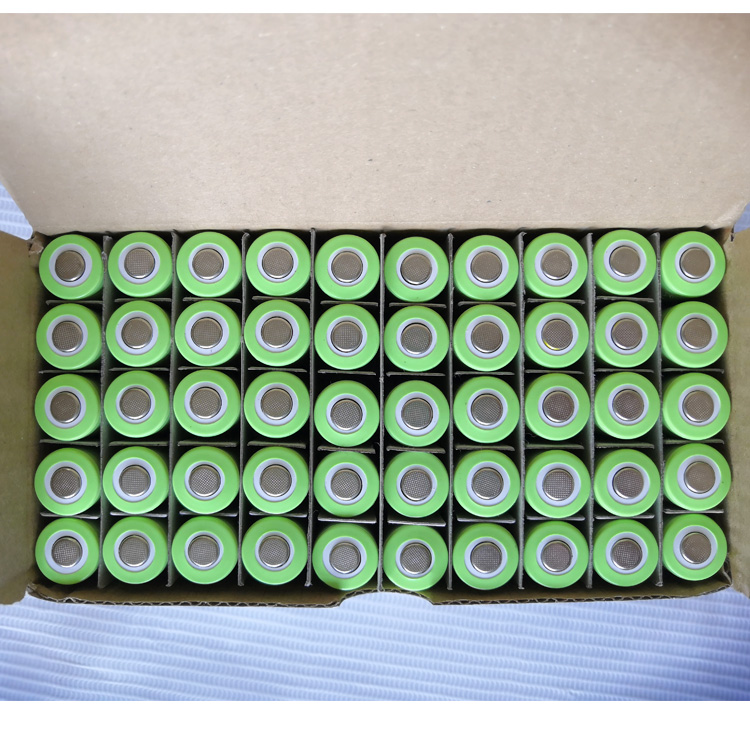8 Tips For Using NiMH Batteries(Nickel-Metal Hydride)

NiMH is an abbreviation for nickel-metal hydride. Ni-MH batteries are our most common rechargeable batteries in consumer electronics. Due to its superior chemical properties, nickel-metal hydride batteries have replaced nickel-cadmium batteries. Since NiMH does not use cadmium (the use of toxic chemicals in battery use) and also does not have the same memory problems that plague NiCD, NiMH batteries are a better choice. At the same time, portable high-power processing methods are one of the most popular processing methods in battery use. Today, we come to know the techniques of using Ni-MH batteries.
What are the classifications of Ni-MH batteries?
We usually see nickel-metal hydride battery packs composed of multiple single batteries connected in series. Compared with lithium-polymer batteries (LiPO), nickel-metal hydride batteries are safer to use. The rated voltage of each individual battery is 1.2V, which means that we see that the rated voltage of the Ni-MH battery pack is a multiple of 1.2V. In particular, we supply 1.2, 2.4, 3.6, 4.8, 6.0, 7.2, and 8.4-volt battery packs. Regardless of the physical size of the battery, the rated voltage of each Ni-MH battery is 1.2V. The physical size of the battery indicates the capacity of the battery. Generally, the larger the battery, the greater the mAh of the batter
Application of Ni-MH battery
As mentioned above, Ni-MH batteries are very suitable for short-term (<30 days) high water consumption. We have seen some consumer use of nickel-metal hydride batteries in digital cameras, communication equipment, personal cosmetics equipment, and laptop batteries.

How to use NiMH batteries?
Ni-MH batteries may have some defects, but what matters is that they discharge themselves. When the battery is not in use, it will slowly deplete its power. If the remaining battery time is long enough, the battery may be permanently damaged. A rough estimate of the depletion of NiMH batteries is that 20% of the battery power will be depleted within the first 24 hours after charging, and 10% will be depleted every 30 days thereafter.
How to charge the Ni-MH battery?
To charge the Ni-MH battery, we need a specific charger, because using an incorrect battery charging method may make the battery unusable. It should be noted that the time to charge the Ni-MH battery is less than 20 hours, because charging for a long time may damage the battery.

How many cycles can NiMH batteries be charged?
Normally, it is expected that the charge/discharge cycle of a standard Ni-MH battery is 2000 times, but different mileage may vary. This is because every battery is different. The use of the battery can also determine the number of cycles that the battery will survive. All in all, the 2000 cycles (or about) of the battery are quite impressive for a rechargeable battery.
What are the precautions when charging Ni-MH batteries?
In order to protect the service life of the battery, you should keep in mind a few precautions: trickle charging is the safest way you can charge the battery. To do this, please make sure to charge at the lowest possible rate, the total charging time is less than 20 hours, and remove the battery at this time. This method basically charges the battery at a speed that does not overcharge the battery but keeps it charged. Do not overcharge the NiMH battery. In short, once the battery is fully charged, it will stop charging. There are several ways to know when the battery is overflowing. The battery chargers on the market are all “smart”, which can help test the small changes in the battery’s voltage/temperature and can indicate the overflowing battery.
How to store Ni-MH batteries?
Initially, nickel-based batteries and storage had widespread problems. Basically, if the battery is not completely drained before charging, over time, this part of the battery capacity will slowly run out. However, the current nickel-metal hydride batteries do not have these problems, but if you do not fully discharge, you can still see the same effect. The newer Ni-MH can be restored by “exercising” the battery (full charge and discharge the battery several times).
Can NiMH batteries replace alkaline batteries?
This is totally possible. If you are using alkaline batteries, you can pick up some Ni-MH batteries to replace them. The voltage drop experienced by alkaline batteries during use offsets the voltage difference (alkaline 1.5v, NiMH 1.2V). Every battery is a little different, and the quality of the battery is also different. Before charging for the first time, be sure to check the battery data sheet/product information.
Want to know more about nickel-metal hydride batteries? you can consult us directly, we will provide you with professional battery solutions.


